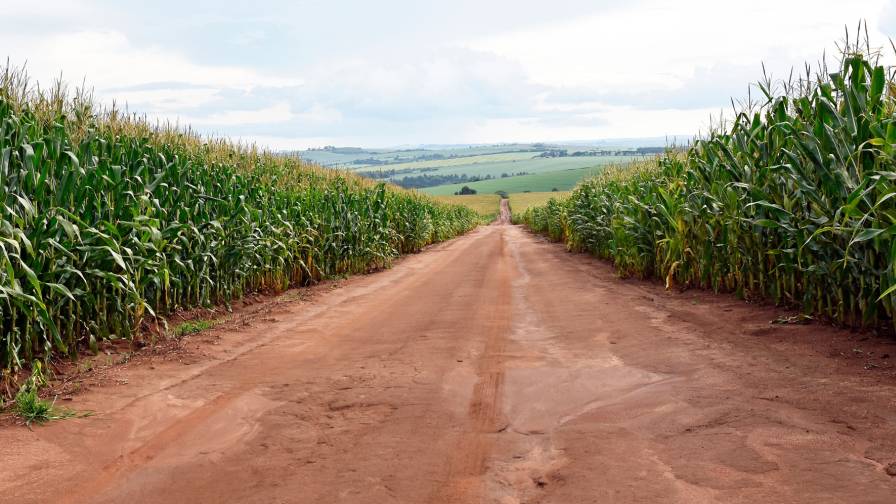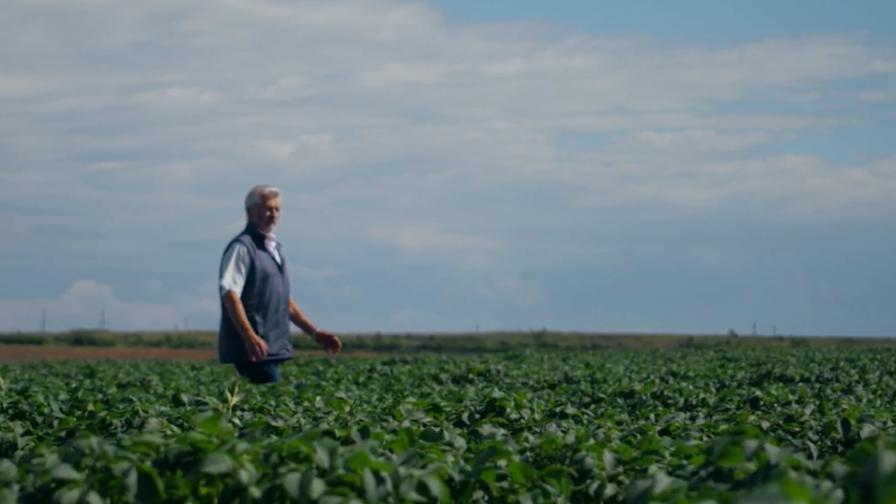Ag Tech Talk Podcast: Agritask’s CEO Ofir Ardon Discusses Crop Protection and Climate Change
In this episode of Ag Tech Talk by AgriBusiness Global, Agritask CEO Ofir Ardon sheds light on the relationship between crop protection strategies and the challenges posed by climate change. Based in Israel, Agritask is a crop supply intelligence company, providing visibility into predictability and sustainability of crop supply for food and beverage enterprises.
* This is an edited and partial transcript of this podcast.
ABG: How does climate change affect how growers use crop protection inputs?
Ofir Ardon: The most important thing about climate change is the fact that it’s constantly changing. Change is not something that you can predict in the long term, let alone in the short term. Pests and diseases also change. Maybe the most important thing that you can see is what we call invasive pests. Pests that didn’t used to be in a specific area are suddenly in this area now.
Another thing is occurrence. The occurrence of diseases has also changed. It can show up at certain times of the season, but the seasons are changing or there are shifts of weather between seasons, this causes complications. If you have a different distribution of rain suddenly with long periods of heavy rain followed by periods without rain, this causes plant stress. When the plant is stressed, it’s more sensitive to the issue of diseases.
We don’t know what’s coming, so that’s something that will eventually cause everybody to change practices. Whatever you used to monitor, or if you never monitored, now you need to monitor and do it more closely.
Treatments need to change, which opens doors to new methods.
I think that what climate change is doing is forcing all the parties involved in pest and disease management to implement better practices faster.
ABG: How do you see Agritask being used to help farmers predict and treat pests and disease?
OA: Our recent product is something that doesn’t require boots on the ground. We’ve developed it specifically to identify potential shortages in crops.
Some examples include coffee, cherries, stone fruit, and even barley. This feature is working based on weather monitoring. We know that every crop out there responds within DNA. It’s responding to a certain amount of weather parameters to take the order of when to move from one phenological stage to another, but also different weather parameters can affect differently how much it is damaged.
Currently, we’re focusing on what we call damages to quality and quantity based on weather parameters. The next evolution is aiming to provide alerts so growers can do something about it. The alerts that we’re developing are also related to pest and disease potential outbursts. We will provide these alerts to the relevant parties if they want to make use of it and prepare for what’s coming.




